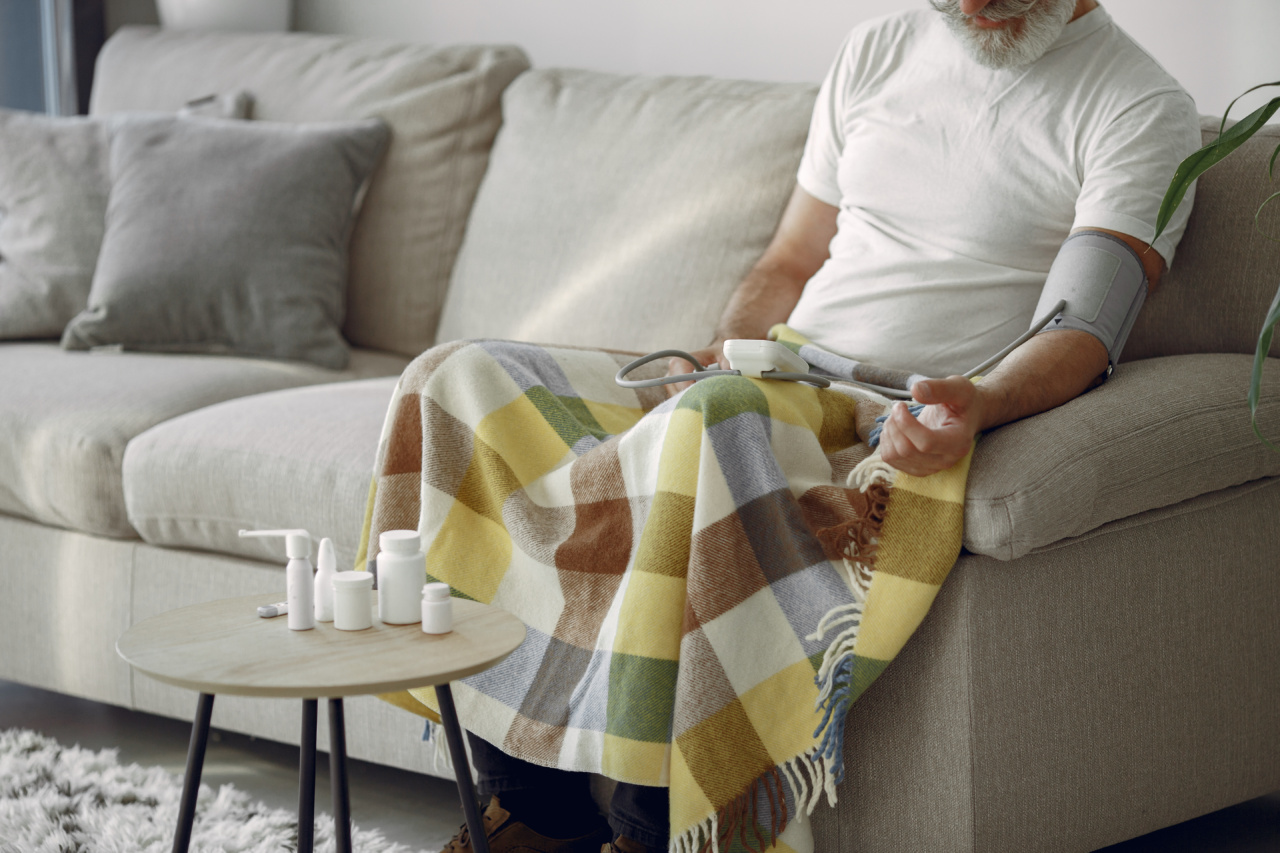High blood pressure, also known as hypertension, is a silent killer that affects millions of people worldwide. It is a major risk factor for heart disease, stroke, and other serious health conditions.
While regular check-ups with healthcare professionals are essential for monitoring and managing blood pressure, home pressure measurement can play a crucial role in maintaining your health. In this article, we will explore why home pressure measurement is crucial for your health and how it can empower you to take control of your blood pressure.
The Benefits of Home Pressure Measurement
Measuring your blood pressure at home offers several benefits, including:.
1. Convenience and Accessibility
Home blood pressure monitors are compact and easy to use, allowing you to check your blood pressure whenever and wherever you want.
This accessibility ensures that you can keep track of your blood pressure regularly without having to make frequent visits to the doctor.
2. Increased Compliance
Some individuals may be hesitant to visit the doctor for blood pressure measurements due to anxiety or fear, which can lead to inaccurately elevated readings.
Home pressure measurement eliminates this white coat syndrome and helps individuals feel more at ease while monitoring their blood pressure. It increases compliance and encourages regular monitoring.
3. Early Detection of Hypertension
Regular home pressure measurement can help you detect hypertension at an early stage. By monitoring your blood pressure frequently, you can identify any significant changes or rising trends, enabling you to seek medical advice promptly.
Early detection allows for timely intervention and reduces the risk of complications.
4. Personalized Treatment Monitoring
Home pressure measurement provides valuable data that can help you and your healthcare provider determine the effectiveness of treatment plans.
By tracking your blood pressure over time, you can identify patterns and assess how lifestyle changes or medications are impacting your readings. This knowledge enables you to make informed decisions regarding your treatment.
5. Empowerment and Awareness
Monitoring your blood pressure at home empowers you to take an active role in managing your health. It creates awareness about blood pressure fluctuations, encourages healthier habits, and motivates you to make necessary lifestyle modifications.
By understanding the impact of your choices on your blood pressure, you can work towards maintaining optimal levels and overall well-being.
How to Measure Blood Pressure at Home
Measuring your blood pressure accurately requires following a few simple steps:.
1. Choose the Right Blood Pressure Monitor
There are various types of blood pressure monitors available, including upper arm cuffs, wrist cuffs, and finger monitors.
Consult with your healthcare provider to select the most suitable device for you, considering factors such as arm size, ease of use, and accuracy.
2. Prepare for Measurement
Before measuring your blood pressure, ensure that you are in a quiet and relaxed environment. Avoid any stimulants, such as caffeine or tobacco, for at least 30 minutes before the measurement. Rest for 5 minutes, and empty your bladder if needed.
3. Follow the Instructions
Read the user manual that comes with your blood pressure monitor to understand the proper usage. Position the cuff correctly on your upper arm or wrist as per the manufacturer’s instructions.
4. Take Multiple Measurements
For accuracy, it is recommended to take multiple readings at different times of the day. Take three consecutive measurements, with at least one minute between each reading. Record the readings along with the date and time.
5. Interpret the Results
Understanding blood pressure readings is crucial. Blood pressure is typically expressed as two numbers: systolic pressure over diastolic pressure.
Systolic pressure represents the pressure in the arteries when the heart beats, while diastolic pressure represents the pressure when the heart is at rest between beats. Consult with your healthcare provider to interpret your readings accurately.
Incorporating Home Pressure Measurement into Your Routine
To make home pressure measurement a regular part of your routine:.
1. Set Reminders
Use technology such as smartphone apps or alarms to remind you to measure your blood pressure at designated times throughout the day. Consistency is key to tracking your blood pressure effectively.
2. Track Your Readings
Keep a log or use digital tools to record your blood pressure readings. Tracking your measurements over time helps identify trends and provides valuable information for your healthcare provider.
3. Share with Your Healthcare Provider
Regularly share your home blood pressure measurements with your healthcare provider during check-ups. This information allows them to monitor your progress, make necessary adjustments to your treatment plan, or identify potential red flags.
Conclusion
Home pressure measurement is a powerful tool for managing your blood pressure and maintaining your health.
By offering convenience, increasing compliance, enabling early detection, facilitating personalized treatment monitoring, and empowering self-awareness, it empowers individuals to take control of their health. Remember to consult with your healthcare provider regarding the most appropriate blood pressure monitor and interpretation of your readings.
Embrace the benefits of home pressure measurement and embark on your journey towards better cardiovascular health.




























